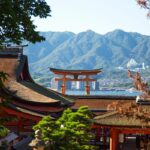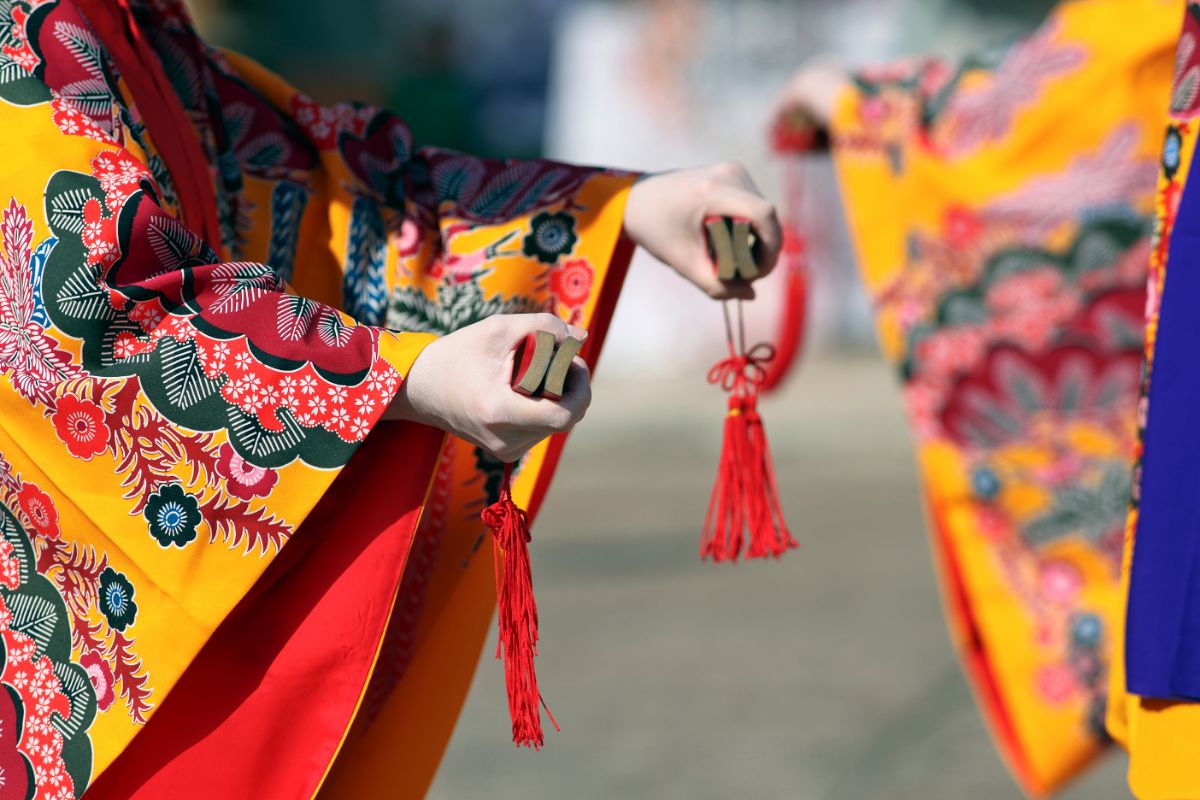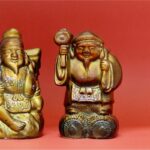To tackle the issues of the present, we occasionally need to go to the past. For instance, some historical traditions may hold the answers to environmental challenges.
Ancient Japanese religion and philosophy known as Shinto instructs followers to respect and coexist peacefully with the natural world.
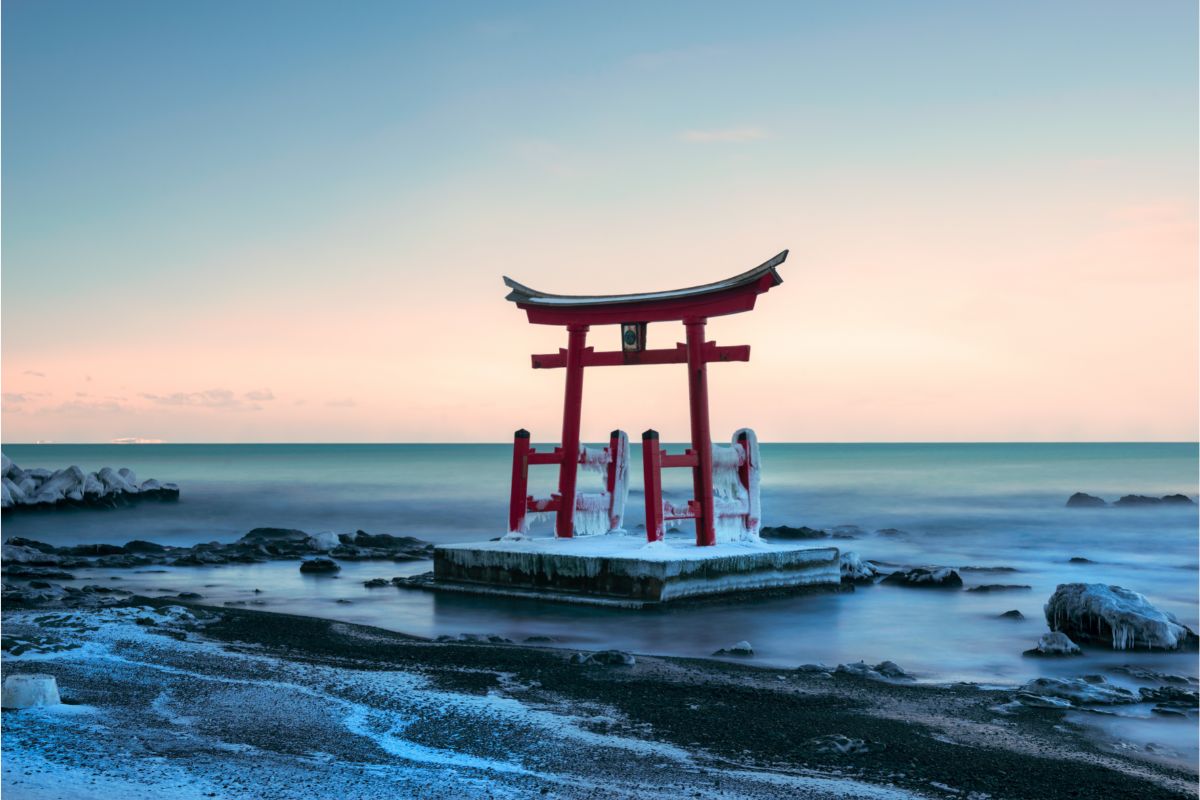
Shinto places a strong emphasis on expressing gratitude and respect to the land and other natural elements. While also serving as a gentle reminder that we are a part of nature. Thus, improving our spirits depends on our ability to reconnect with it.
In this article, we will discuss everything you need to know about Shinto. This includes the affirmations, beliefs and practices this religion follows.
Overview Of Shinto
The 3rd century B.C.E. is when Shinto, the earliest religion followed by the indigenous people of Japan, first appeared. Shinto has no religious scripture or creator. Instead, it is a system of principles that may coexist peacefully with any other religion.
With the introduction of Buddhism from China in the sixth century, Shinto started to adopt some Buddhist traditions. Shinto (see also ‘Who Is The Founder Of Shinto? – Shintoism 101‘) is now viewed more as a tradition than a religion. This is partly due to the extremely nonreligious nature of Japanese society.
Shinto Beliefs
There is no absolute right and wrong in Shinto, in contrast to many other religions. Goodness is attributed to people, and evil is attributed to malevolent spirits.
Believers must carry out rites of prayers, purification, and offerings in order to protect themselves from the bad spirits. Purification is viewed as a means of removing the impurities within the mind.
Shinto, which loosely translates as “the way of the Gods,” is founded on the notion that there are spirits called kami that live in things. This includes water, trees, animals, mountains, and the souls of the deceased.
In other words, after death, a person transforms into a kami, and the kami of significant individuals are kept in Shinto shrines.
Since it is believed that animals contain the spirits of the dead, which serve as protectors of their heirs, Shinto is an animalistic religion. Some spirits, in addition to guarding their families, also serve as the stewards of the earth, engaging in a variety of professions.
Shinto followers will receive protection and blessings from spirits if they live their lives in line with the religion’s principles. Shinto values sincerity, which is evident in whatever people do. This includes their professional lives and personal relationships.
The Four Shinto Affirmations
Shinto’s core principle is that human life is sacred, since kami are thought to have created it. Shintoists worship kami, who are said to be in charge of nature and responsive to prayer.
They hold that achieving divine nature is possible through purification. By using the four affirmations, we can purify ourselves:
Family
The family is the main subject of this first affirmation. This affirmation states that the family is the most crucial institution for maintaining traditional values. Family traditions and values should be maintained.
Nature
The second affirmation refers to nature. It suggests that we should respect it because it is home to kami. We ought to spend more time outdoors. Where we may have a higher chance of communicating with kami (see also ‘Are Kami Good Or Evil?‘).
Physical Cleanness
The third affirmation has to do with being physically clean. Shintoists wash their faces, clean their teeth, and regularly take baths as part of the religion’s rituals.
Before entering a shrine to worship the kami, you must take a ceremonial wash to cleanse your body and soul. Festivals are also organized twice a year to remove pollution or other impurities.
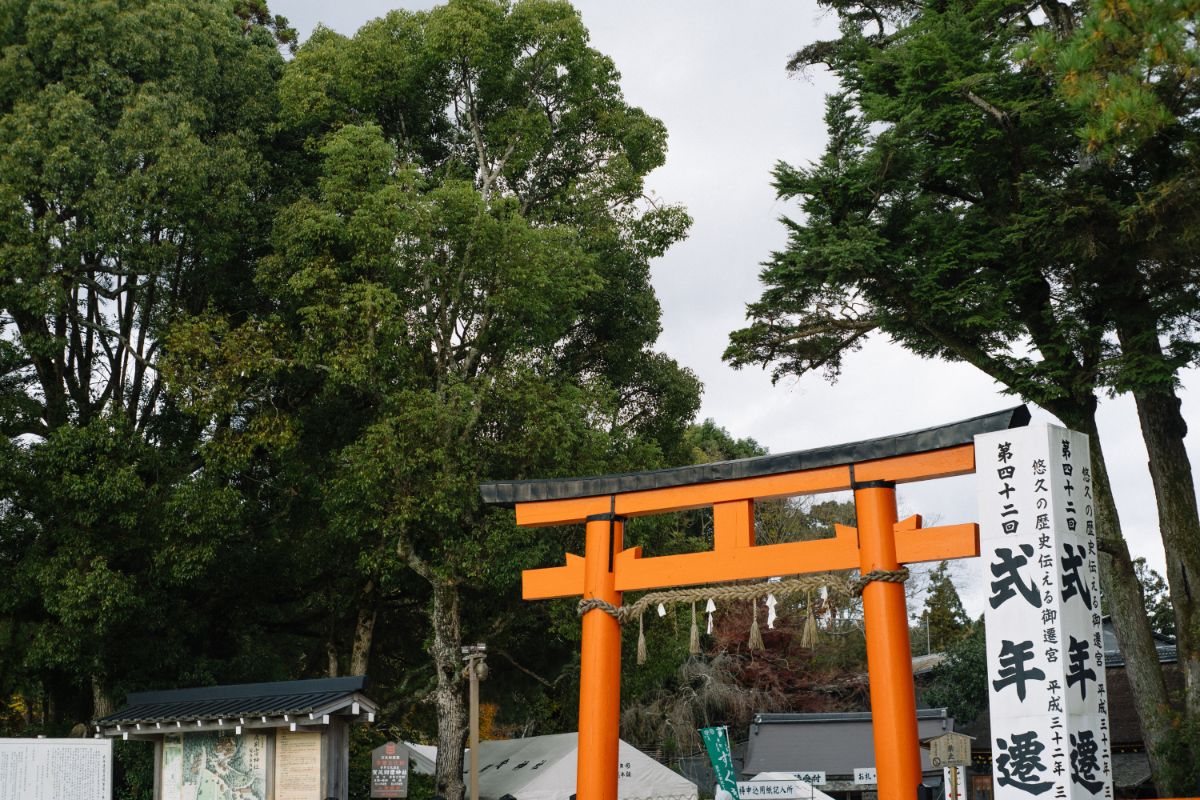
Matsuri
The fourth affirmation is the ritual known as matsuri. The purpose of Matsuri is to commemorate the ghosts of your ancestors. It is a celebration where spirits and people get together to socialize,
During the festivals, prayers, offerings, music, dance, and a dinner with sake are all part of a purification process.
Shinto Rituals
Shinto rites make extensive use of the kagura.
The folktale presented in the Nihon Shoki and Kojiki (see also ‘What Is The Kojiki?‘) is where this ceremonial dance got its origins. By hibernating in a cave, the sun goddess Amaterasu brought winter and gloom to the world.
Then the goddess of dawn, Ame-no-Uzume, gathered the other gods in a reckless dance to entice her from the cave. Amaterasu had to leave the cave to investigate the ruckus this dance had produced.
As a result, Kagura is one of the several rites that are claimed to have developed as a result of this incident.
The sacred Kagura dances, also known as kamakura or kamikura, were primarily performed in the Imperial Court by sacred ladies of the temple. Who were supposed to be descendants of Ame-no-Uzume. These dances eventually spread to towns across the nation.
Furthermore, there are age-specific festivities and festivals for each season in addition to these dances. These rites are collectively referred to as matsuri, which is the fourth affirmation in Shinto.
Shinto Shrines And Temples
Household shrines are common, as they are in many Asian religions. Kami are worshiped at private shrines, communal shrines, and family Shinto shrines.
Priests are in charge of managing gifts to the Kami and the selling of religious accouterments to shrine visitors at the open shrines.
There is no particular dynamic to worshiping Shinto outside of festivals. Every day of the week, believers are welcome to practice Shinto in either open or closed temples.
They may also own a particular kami shelf, known as a kami-dana. This is where gifts to spirits are kept.
Appearance
As long as they carry out a purification ceremony at the gates, anyone can visit the open Shinto temple. Shinto shrines can be identified from a distance by its characteristic gate, which is made up of two pillars and crossbars.
This prominent entrance to the shrine stands in for the wall dividing the normal world to the world of spirits. To protect each gate, animals are frequently placed at its sides. Around 100,000 Shinto temples are thought to exist in Japan.
Popular Kami
Shinto devotees will inform you there are 8 million kami. Which is not an exact figure, but rather a euphemism for infinity. All other spirits and gods are regarded as the descendants of the spirits Izanami and Izanagi, who stand in for the initial men and first women.
The most significant kami is thought to be the sun goddess Amaterasu. Popular deities also include Tenjin, the spirit of learning and writing, Hachiman, the god of rice and agriculture, and Inari, the god of war.
Final Thoughts
The honor and respect for nature and all that is natural is the foundation of the Shinto religion. The charm of Shinto is that all forces of life and death are respected. Thus being closer to nature brings one closer to the Kami, the gods.
In Shinto, sustaining family values, cherishing and respecting nature, maintaining physical cleanliness, and participating in regular worship are the ways to the gods.
We hope this article has been helpful in giving you a clearer understanding on what Shinto is.
- How Much Money Can You Make Teaching English in Japan? - December 12, 2022
- The Best Places to Teach English in Japan - December 9, 2022
- The Best Credentials for Teaching English in Japan - December 8, 2022


